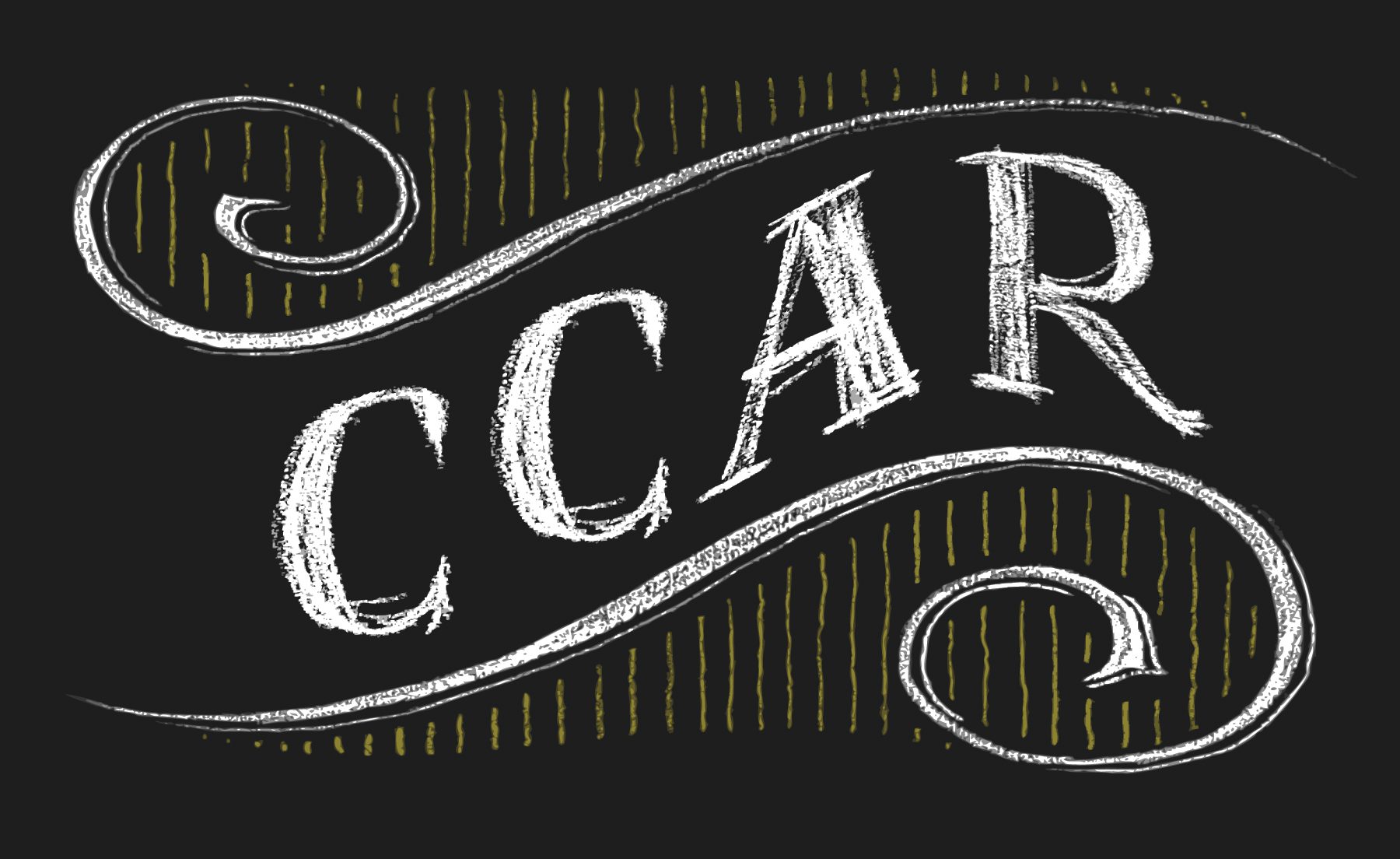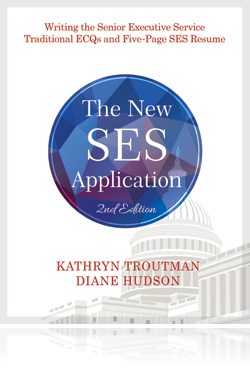
By Diane Hudson, Co-Author, The New SES Application
The C-C-A-R format stands for:
CHALLENGE – CONTEXT – ACTIONS – RESULTS.
The C-C-A-R format is required of the Office of Personnel Management (OPM), and used by the Qualifications Review Board (QRB), when reviewing Executive Core Qualification statements (ECQs) for final SES selection. The C-C-A-R is also reviewed in Technical Qualifications (TQs) and during the interview process
The C-C-A-R format forms the outline of an essay. Each ECQ category, and there are five categories – Leading Change, Leading People, Results Driven, Business Acumen, and Building Coalitions – requires two essay stories in the C-C-A-R format.
By writing ECQ essay stories in the C-C-A-R format you are using a set standard formula that easily forms a short essay, with a beginning, middle and end. The hiring staff (Agency Executive Resources Board (ERB)) and the QRB want to easy-to-read short-story-essays; they want to read compelling stories that express leadership competencies. I have spoken to members of the ERB and the QRB, and many have stated that is quite clear when a candidate has submitted a well written ECQ and TQ package in the C-C-A-R format, versus someone who did not apply for C-C-A-R formula. The QRB will review the ECQ stories and look for the C-C-A-R format. If the stories are disapproved, the QRB letter may state that the C-C-A-R was not found in certain essays.
How to Use C-C-A-R
To best apply the C-C-A-R, use each identifier as a separate paragraph; write one story per page (two stories per ECQ), and soon you will have 10 fully developed essay stories in the C-C-A-R, based on the leadership competencies for each ECQ. For example, as you begin to draft a story, outline the one page essay into four short paragraphs:
CHALLENGE: Describe the challenge that you faced. What did you have to fix, launch, overcome resistance and pushback to, or negotiate?
CONTEXT: Describe the circumstances of the situation, the timeline, story horizon, your job title and organization, the people, finances, and who and how you had to lead through the situation. Describe the who, what, where, why and how.
ACTIONS: Describe the actions you took to create action. Describe the high-level actions, not the “in the weeds, project management details.” Talk about whom you collaborated with, by office or level; what actions you took to resolve a problem by creating a new program, policy, or negotiating a deal.
RESULTS: Describe the results. Quantify and qualify the results. Use numbers, percentages, dollar figures, and comparisons. Ask yourself, what was it like before I began the initiative, and what it is like now? Use a ripple-effect result, and describe how the story effected organizational performance.
Use this format to begin to outline your stories, and slowly fill in the stories so that each paragraph is eight to 10 lines, which then creates a full page (using 12 point Times New Roman font and one inch margins). Think through the stories, and even speak the stories. Sometimes, speaking the stories brings more important details, then trying to struggle to write the stories. Use a smart phone or recording device to speak the stories, and then transfer to paper.
C-C-A-R Example
Here is an example story outline (based on a Results Driven essay example, found on page 92 in The New SES Application):
CHALLENGE: I was challenged to turnaround a business that was hemorrhaging cash and …
CONTEXT: In my role as a business leader and military officer, with leadership oversight for formulating and managing operational plans for large organizations, I …
ACTIONS: To resolve the problems, I developed a strategy to address personnel and business issues, align the organization behind key business processes focused on the development of the business market, initiated a hiring and sales training program, and …
RESULTS: Achieved transfer to my control of the high-margin premium brands, creating record high sales volume and …
The Many Uses of C-C-A-R
Once you write the C-C-A-R, then you have “crib” notes to study for the interview process, which may be scored on the C-C-A-R format. The C-C-A-R format is also used in mini-essays in the five-page SES resume-based application, in GS-level interviews, and in many GS-level resumes.
Free Writing Tool
Get started writing C-C-A-R with our easy-to-use CCAR Accomplishment Builder. It’s FREE!
More Info
If you need additional assistance, check out the following:
- Our upcoming SES Writing Application Webinar Training starting Sep 16:
www.resume-place.com/training/ses-training/ - Our book, The New SES Application:
www.resume-place.com/books/the-new-ses-application/ - Our SES Writing Services:
www.resume-place.com/senior-executive-service/ - Our SES ECQ Training for Government Agencies:
www.resume-place.com/training/government-agency-training/ses-workshop/
Future blogs will cover the leadership competencies, mapping, and the specific ECQs.

Diane Hudson (Burns) is a multi-credentialed career coach, executive resume writer and editor, specializing in posturing federal and non-federal employees to enter the federal government’s Senior Executive Service (SES). She is co-author of “The New SES Application,” the first-ever book written about the Five-page SES Federal Resume, as well as the traditional 10-page ECQ format. Diane is an experienced trainer in Senior Executive Service, ECQ/TQ, KSA and Federal Resume Writing topics for SES Leadership Development program candidates. Agency instruction experience includes Commander’s Leadership Development Program at the Naval Ship Yard, Air Force Headquarters, US Army Missile Command, FEMA, Defense Acquisition University (Fellows), EPA, PTO, and others. Diane is an instructor for military employment readiness specialists and retiring military; as well as train-the-trainer at career industry conferences internationally on outplacement and career search topics.







